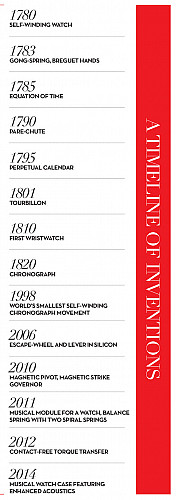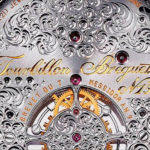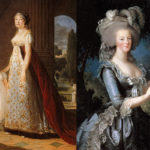The House of Breguet’s Journey Through Time
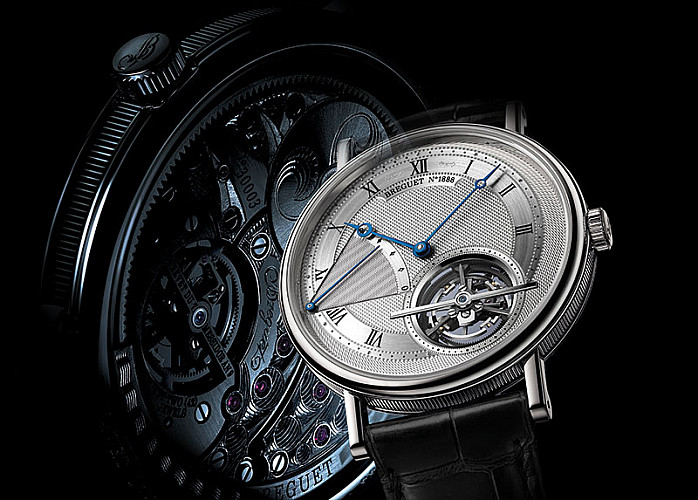
Abrand that exemplifies power, Breguet’s sway in watchmaking is tremendous, having left an indelible imprint on the history of the industry with its inventive spirit and workmanship. Abraham-Louis Breguet — who opened his workshop at 39 Quai de l’Horloge on Paris’ Ile de la Cité in 1775 — was among the greatest watchmakers who ever lived. What made him tower over not only his peers during his lifetime but those following it was his overpowering drive to invent and create. With an eye for elegance, the savvy Swiss-born businessman was, in several ways, ahead of his time. Although he is known to most connoisseurs as the inventor of the tourbillon, he also created the very first wristwatch for the Queen of Naples. And centuries after Abraham-Louis Breguet patented the tourbillon in 1801, the brand’s developments continue to push mechanical horological boundaries.
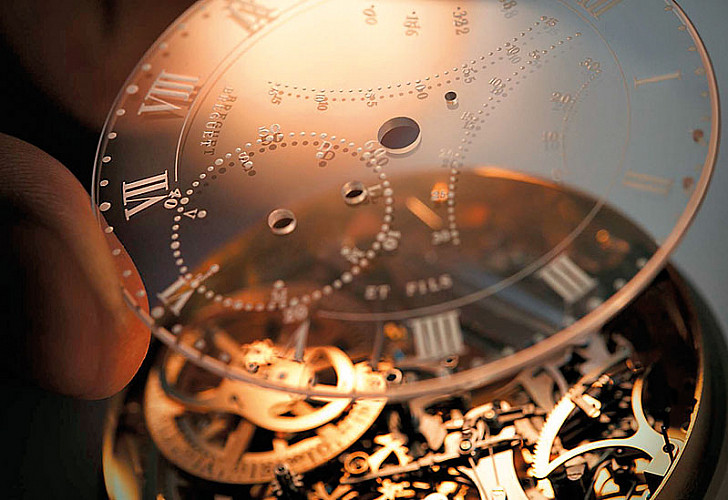
A. L. Breguet’s timepieces having been worn by the likes of Sir Winston Churchill, Napoleon, George Washington and the crown heads of Europe and Asia, it is hardly surprising that the manufacture’s enduring attraction and on-going influence still moves modern watchmakers. Adhering to the unparalleled standards and visionary dream of its founder, the brand has served up timeless offerings with grace and panache. Revolutionising innumerable facets of horology whether by improving performance, precision and aesthetics or crafting new technology, Breguet is a truly influential entity, one whose timekeepers will seemingly always be in a class of their own.
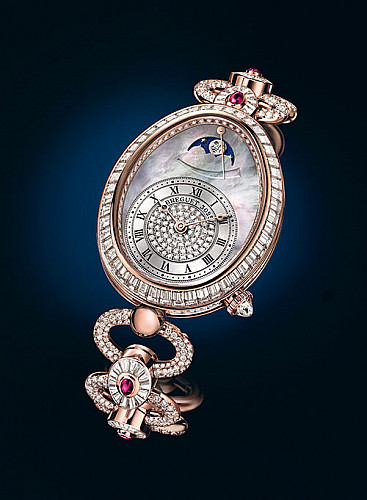
Patrons and royalty
From its early aficionados like the monarch of France and his queen to contemporary fans of the pioneering House of Breguet, loyalists abound. The brand’s glorious history also shows that royalty has been one of its most devoted fans.
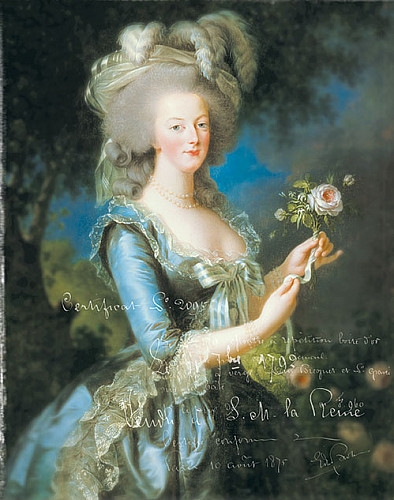
Marie Antoinette, Queen of France
Abraham-Louis Breguet kicked off his career with an imperial tryst. Louis XVI and his queen, Marie Antoinette, were early enthusiasts of his work and, ever since 1782 — when regular orders from the empress started pouring in — Breguet was destined to be a creator of royal masterpieces. So fascinated was the queen with the brand’s technical genius that she commissioned a watch that took 34 years to be assembled. The creation included every horological function known at the time, including a repeater, chronograph, perpetual calendar, power reserve indicator, chute shock-protection device and even a thermometer. Sadly, she did not live to see the finished project but, thanks to her, a number of significant elite came to appreciate Breguet’s works and spread the word throughout Europe and beyond.
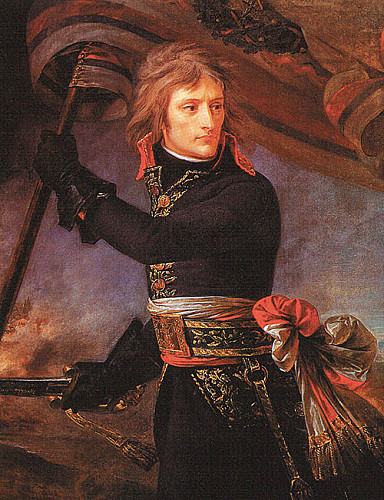
General Napoleon Bonaparte
A few weeks before he left for Egypt in 1798, General Bonaparte acquired three important timepieces from Breguet: a repeating watch, a repeating carriage clock with a calendar, and a self-winding perpétuelle repeating watch. The future emperor’s family soon became Breguet’s devoted clients.
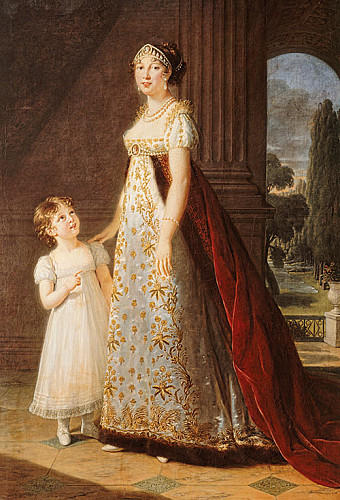
Caroline Murat, Queen of Naples
What truly elevated the watchmaker to luminary status, however, was the creation of the world’s first wristwatch. The iconic piece was fashioned in response to a request made by Caroline Murat, the Queen of Naples, in the year 1810. The commission (the original version of which still exists in the historic archives at Place Vendôme) mentions ‘a repeater watch for a bracelet’ quoted at 5,000 francs — a remarkable price for that time. The special piece was delivered two years later at a price of 4,800 francs…200 francs within budget.
Sir Winston Churchill
A regular client, sometimes to buy but more often to have the watch he wore all his life attended to, Sir Winston Churchill cherished his Breguet number 765. The minute repeater with split-seconds chronograph had been bought by his grandfather, the Duke of Marlborough, in 1890.
Count Axel von Fersen
In 1835, the nephew of one of Marie Antoinette’s closest companions, Count Axel von Fersen, purchased a miniature, extremely slender gold hunting watch. Pair-cased and skeletonised, it was undoubtedly the smallest watch with keyless winding and hand-setting produced by any manufacture at that time. Representing an important achievement, it helped consolidate the notion that Breguet was the inventor of combined keyless winding and hand-setting through the crown.
Sophisticated designs
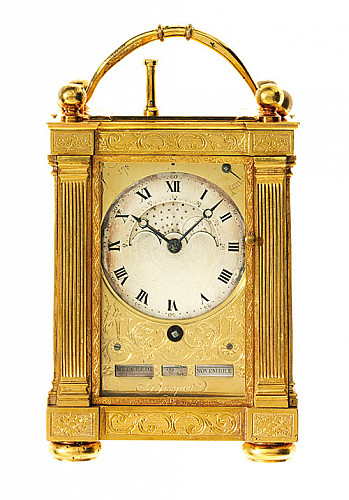
Celebrated for fashioning epitomes of classicism since 1775, A. L. Breguet was first noticed for coming up with a fresh, elegant aesthetic. Instead of round-bellied and over complicatedly decorated pocket watches, he offered sophisticated timepieces with flat coin-edged cases, slim hands and more legible figures, which proved to be a hit with the noble classes.
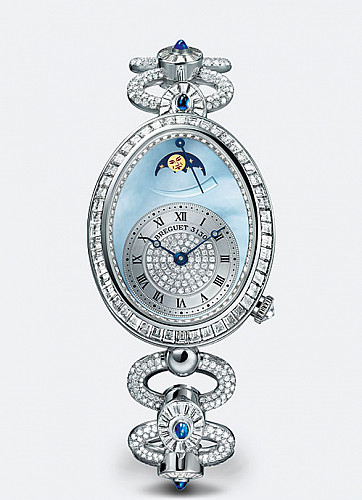
For the brass plates and bridges of his creations, his consistent style featured fine graining or grenaillage. Understated and refined, this finish served to meet Breguet’s insistence on anti-oxidation and avoidance of artificial decoration. For similar reasons, he also chose a highly polished mirror finish for the steel hammers of his repeaters.
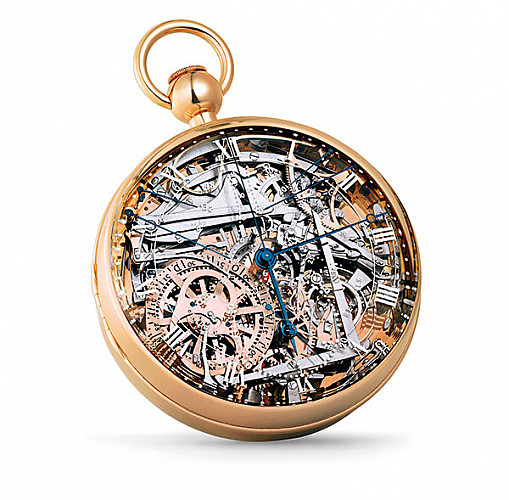
The brand’s contemporary ethic involving a full range of finishes bestowed upon each movement — some done for functional reasons, some for exquisiteness — is not only intimately entwined with quality and value, but has become a celebrated part of horological tradition. Crafted to woo the heart of a woman and celebrate the essence of femininity, today each timepiece is worn as a stunning adornment with unquestionable pride. The brand’s Reine de Naples watches have consistently impressed with original and unique features like a beautiful egg-shaped case with a finely fluted caseband. Breguet also honours Queen Marie Antoinette’s love of fashion and penchant for lace with feminine jewellery watches that are delicate reinventions of the original that was designed for the queen.
Trendsetting innovations
The brand is credited with innovations such as the self-winding watch, the gong within the minute repeater, the shock-absorption system and, of course, the tourbillon and wristwatch. Numerous horological terms that are prefixed by its founder’s name include the Breguet overcoil — a way of bending the balance spring over itself which improves the regular concentric ‘breathing’ of the spring.
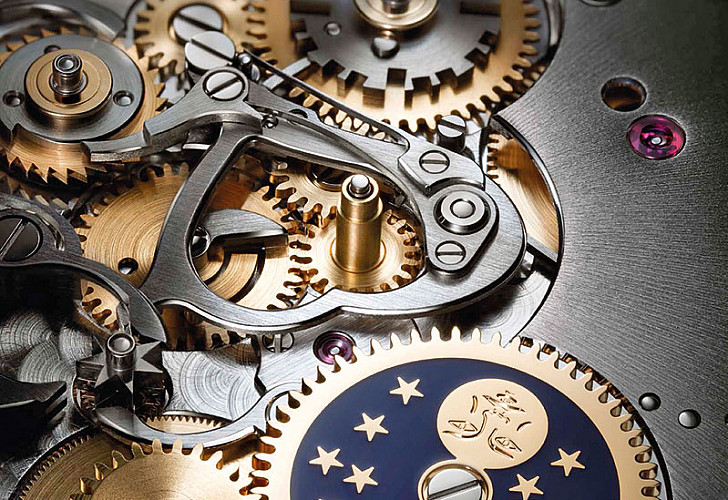
The brand was also notably behind the very first instant dual time-zone device, having enabled a display of two pre-selected time zones by switching from one to another with the press of a push-button.
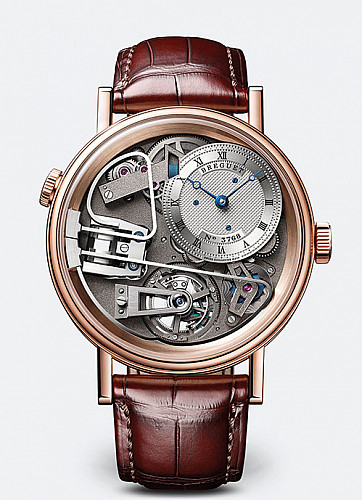
What’s more, their use of silicon — a material with anti-magnetic properties — enabled engineers to visualise the incorporation of magnets inside watch mechanisms, so as to enhance performance. The clever invention eradicates characteristic issues of wear, background noise and the necessity for greater amounts of energy, while guaranteeing superior accuracy. The Classique La Musicale watch was thus equipped with the first magnetic regulator in watchmaking history.
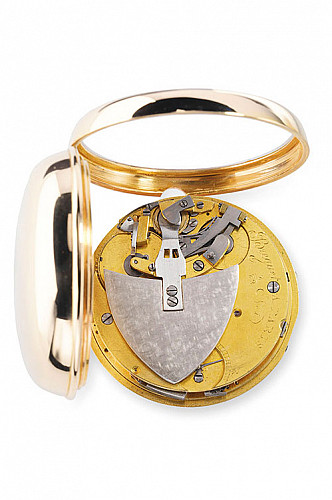
The introduction of magnetic components seemed to open up new vistas of development. Consequently, in 2010, Breguet filed a patent for the magnetic pivot, a technological innovation that notably served to create a dynamically stable system able to keep the balance staff centred and self-adjusting. In 2012, Breguet provided a first showcase for it by presenting the Classique Chronométrie, a watch featuring exceptional rating results.
Related posts from Verve:
Verve Trending
Sorry. No data so far.
us on Facebook to stay updated with the latest trends

